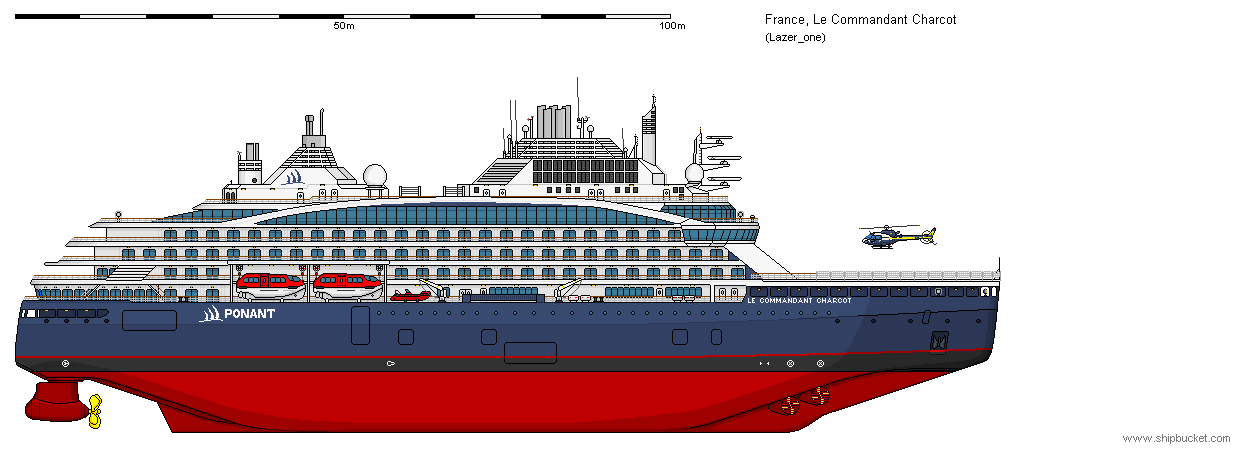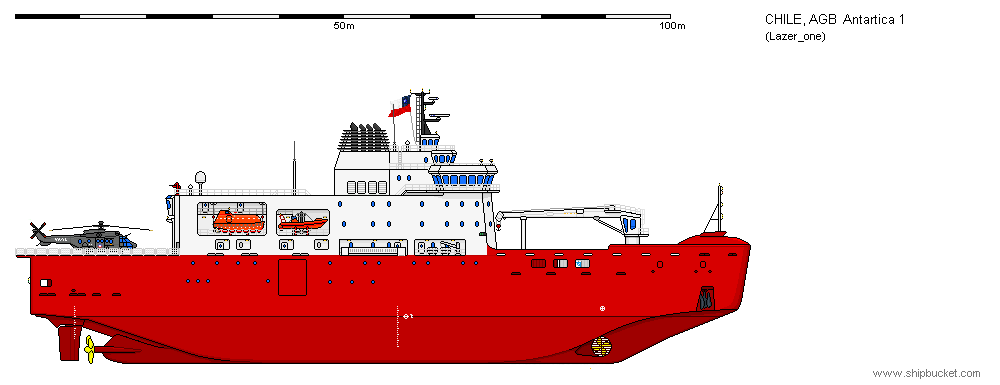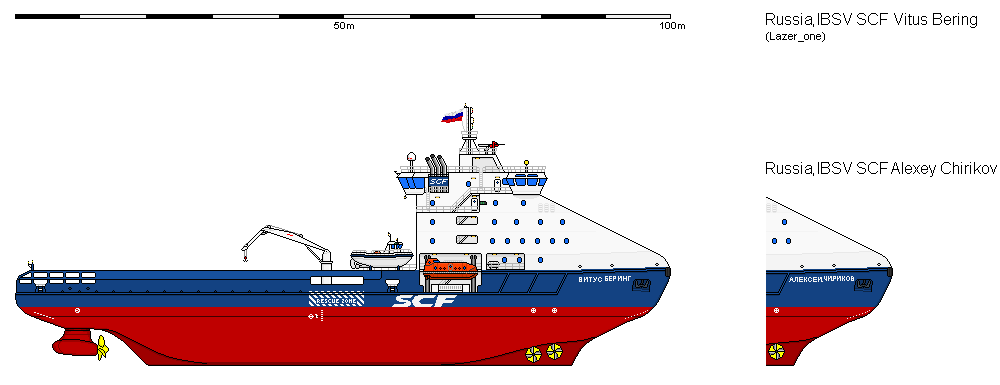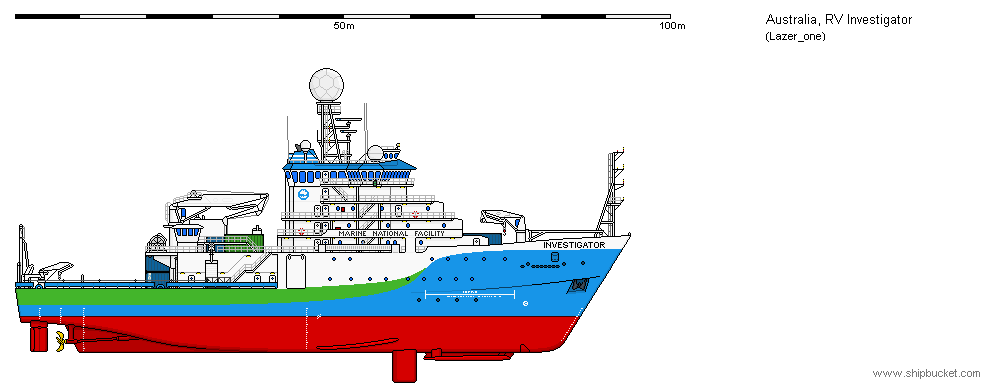RRS Sir David Attenborough is a research vessel owned by the Natural Environment Research Council, to be operated by the British Antarctic Survey for the purposes of both research and logistic support. In this, the ship is intended to replace a pair of existing vessels, RRS James Clark Ross and RRS Ernest Shackleton. The vessel is named after broadcaster and naturalist Sir David Attenborough. He is best known for writing and presenting, in conjunction with the BBC Natural History Unit, the nine natural history documentary series forming the Life collection, a comprehensive survey of animal and plant life on Earth.
The RRS Sir David Attenborough is one of the most advanced polar research vessels in the world. The new polar ship was commissioned by NERC, built by Cammell Laird for operation by British Antarctic Survey. In October 2020 the technical sea trials and scientific equipment testing began and the ship was handed over to NERC and BAS by shipbuilder Cammell Laird on 27 November 2020. This multidisciplinary research platform will transform how ship-borne science is conducted in the polar regions and provide scientists with state-of-the-art facilities to research the oceans, seafloor, ice and atmosphere. The polar ship departed the UK for its maiden voyage on 17 November 2021.













